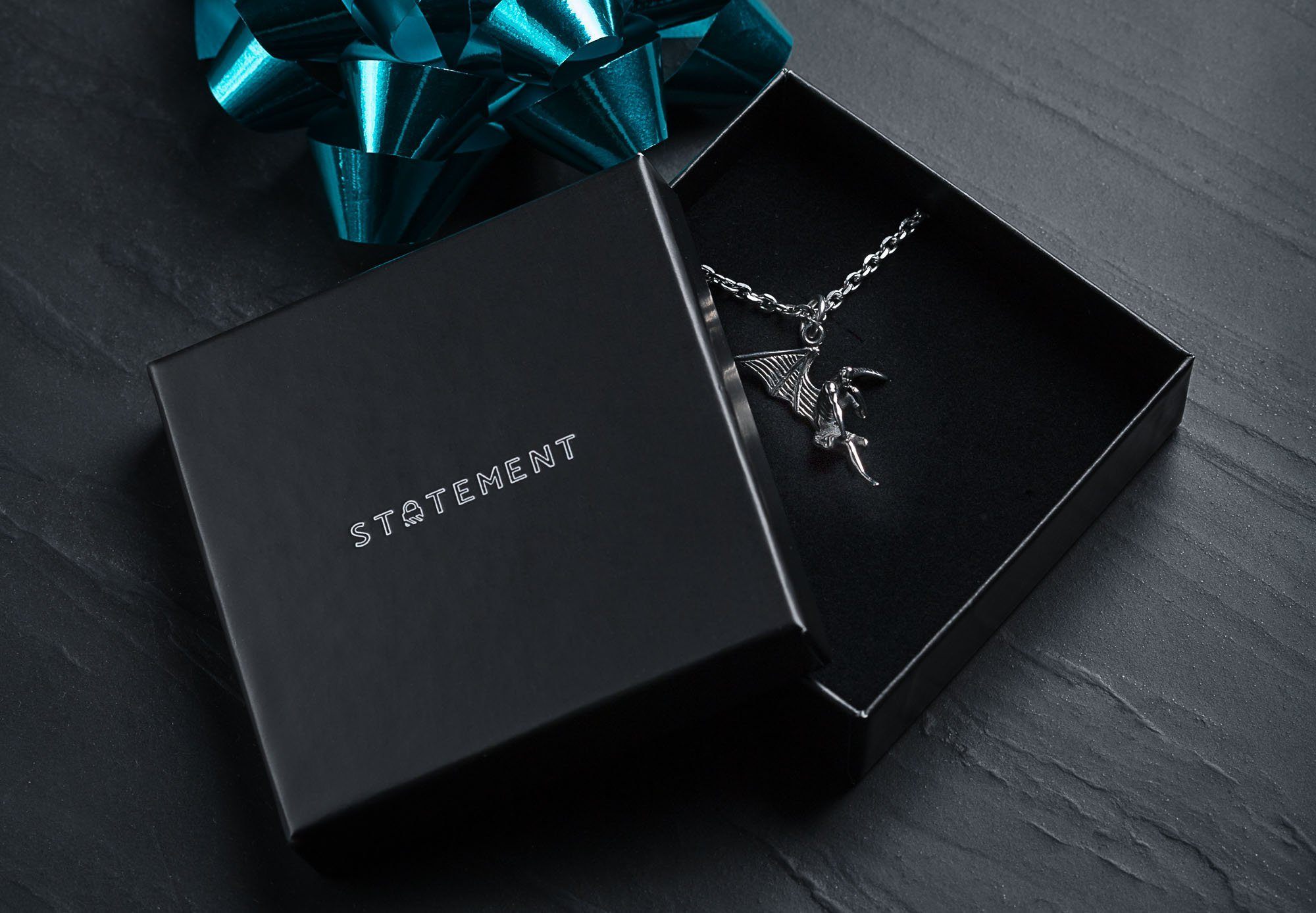What is the difference between Stainless Steel & Sterling Silver Jewellery?
Jewellery is becoming increasingly popular and for good reason, accessorising with the right pieces can really elevate your personal style and create a signature look. Silver tone jewellery is by far the most popular and classic choice for jewellery due to it's versatility and how well it works into many different styles.
When it comes to choosing jewellery, stainless steel and sterling silver are the most popular and best choices for good reasons which we will cover, but if handed 2 freshly polished pieces in the same design and style, most people would not be able to tell them apart as they will look almost identical.
So what is the difference between stainless steel and sterling silver jewellery, is one better than the other?
For this comparison we will be focusing on 316L Stainless Steel and 925 Sterling Silver.
316L Stainless Steel
There are many different types and grades of stainless steel used in a wide range of products from your kitchen sink to jewellery, the type we will focus on is 316L stainless steel which is commonly used for jewellery, piercings, high end watches and fashion accessories. It's popular for jewellery because it's incredibly durable and corrosion resistant, it also has a mirror like shine when highly polished.
925 Sterling Silver
Sterling silver is made by combining 92.5% silver (hence the name) with 7.5% alloy to strengthen it, most commonly copper but sometimes zinc. Silver is a precious metal so jewellery made from it will hold long term value from the silver, it is also soft and malleable with a lower melting point than stainless steel making it more popular for handmade jewellers to work with.
Pros and Cons of Stainless Steel
Pros
-
It is non tarnish and doesn't oxidise. One of the biggest selling points is that stainless steel does not oxidise due to the chromium.
-
Long lasting, waterproof and suitable for daily use. You can wear it in the shower, to the gym, daily and it will retain it's look which is why it is so commonly used in high end watches and body piercings.
-
Hypoallergenic. Well suited for people who experience skin irritation from metals.
-
Inexpensive. Stainless steel has a much lower price point than silver and gold but can be made to resemble the colour of both, very closely but much more affordable.
-
Has a brighter shine/ reflection when highly polished compared to silver.
Cons
-
If damaged it is harder to repair because it can't be silver soldered and due to the strength of the metal, is very difficult to manipulate by hand.
-
Does contain 8-12% nickel so even surgical grade stainless steel may not be suitable for those with highly sensitive nickel allergies.
Pros and Cons of Sterling Silver
Pros
-
Silver is a precious metal and will hold value
-
Has a classic bright white finish and looks great when freshly polished
-
Can be molded easily so repairs and maintenance are easier to find.
-
Has a nice soft luster for jewellery which is often sought after.
-
Can be easily polished and cleaned to bring back original look.
Cons
-
It oxidises and tarnishes. Due to the copper or zinc alloy it will tarnish after being wet or exposed to acidic skin/ air.
-
Can be scratched and dented easy due to the softer nature of the silver.
-
Not hypoallergenic.
-
More expensive than stainless steel.
Visual Comparison
When both are produced in the same rock and roll jewellery style with blackening in the grooves and cracks and polishing on the broad surfaces, it is hard to tell the 2 apart but there are subtle differences worth noting.
Stainless Steel- Has more of a greyish blue metal hue and is highly reflective and shiny when polished.
Sterling Silver- Has a brighter white feel with yellow hues (mostly due to the copper alloy) and a softer shine after polish.





